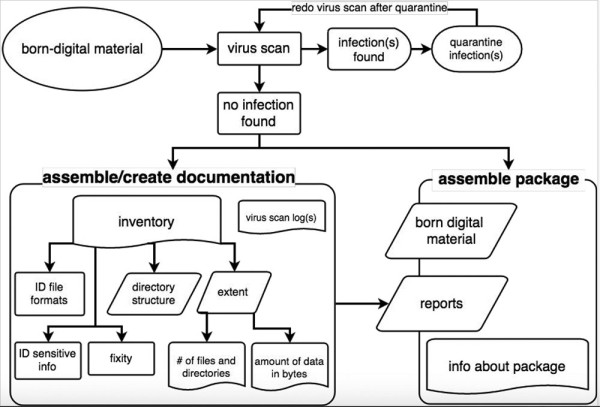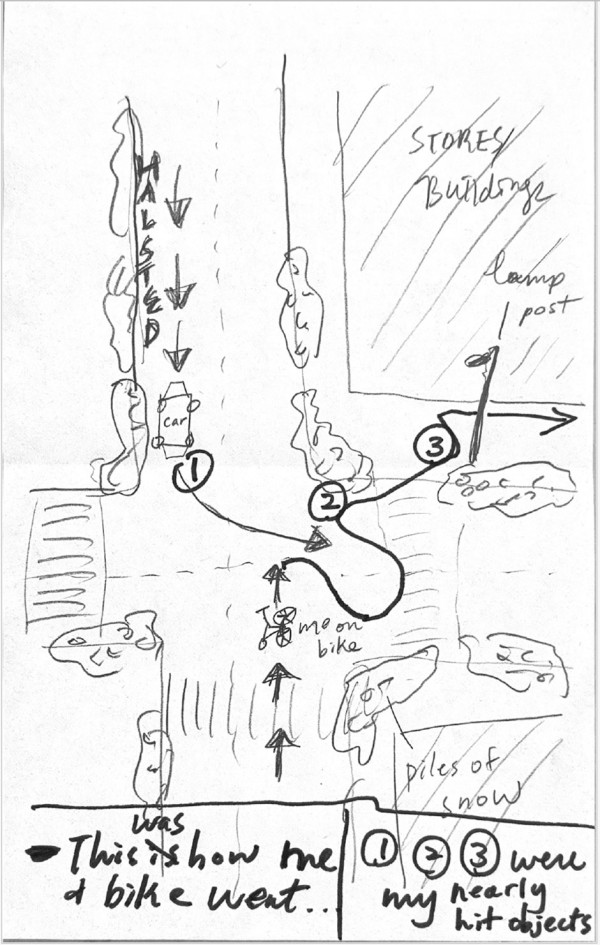Overview
Readings:
Each week you will be assigned a text from the reader, as well as a prompt geared towards developing your collection.
Part of each class will be dedicated to reviewing and discussing the reading.
Collection Development:
Some weeks we will check in and discuss the ongoing development of your collection, other weeks class time will be dedicated to case studies and other activities. This section is a guide for what you can be doing each week to develop your collection, even on weeks when we may not be spending time in class reviewing it.
End Goal: you will eventually be proposing a new archival collection (lets say for LACA).
Examples of a new archival collection might be:
- An artist book collection from people living and working on farm co-ops
- Travel logs by artists who have a walking practices
- Paint sticks for mixing paint by one artist
- A single artist’s archival collection
Weeks 1-4 are dedicated to planning your collection.
Weeks 4-8 are dedicated to building your collection.

